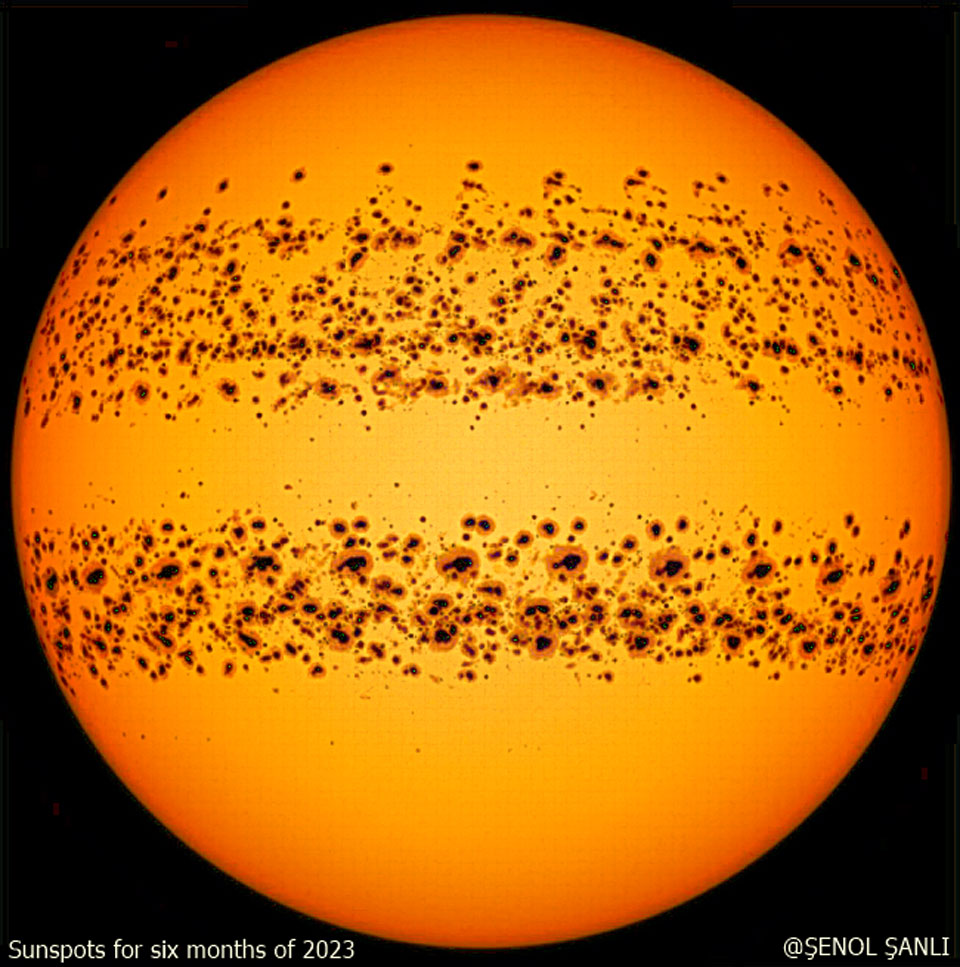this post was submitted on 16 Jul 2023
128 points (100.0% liked)
SpacePics
8 readers
1 users here now
A community dedicated to sharing high quality images of space and the cosmos
Rules:
-
Include some context in the title (such as the name of the astronomical object or location where it was photographed)
-
Only images, pictures, collages, albums, and gifs are allowed. Please link images from high quality sources (Imgur, NASA, ESA, Flickr, 500px , etc.) Videos, interactive images/websites, memes, and articles are not allowed
-
Only submit images related to space. This may include pictures of space, artwork of space, photoshopped images of space, simulations, artist's depictions, satellite images of Earth, or other related images
-
Be civil to one another
founded 1 year ago
MODERATORS
you are viewing a single comment's thread
view the rest of the comments
view the rest of the comments

Wikipedia Solar Maximum
Slightly anticlimactic, with some chance of cataclysm
No biggie if that chance happen we get to see auroras everywhere perhaps our lights won't need to be plugged. Apparently the biggest one were able to power telegraph without battery with how efficient light bulbs today it might be enough to power it until it burns out. If it happens everyone will be force to touch grass whether they like it or not.